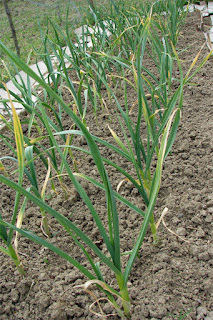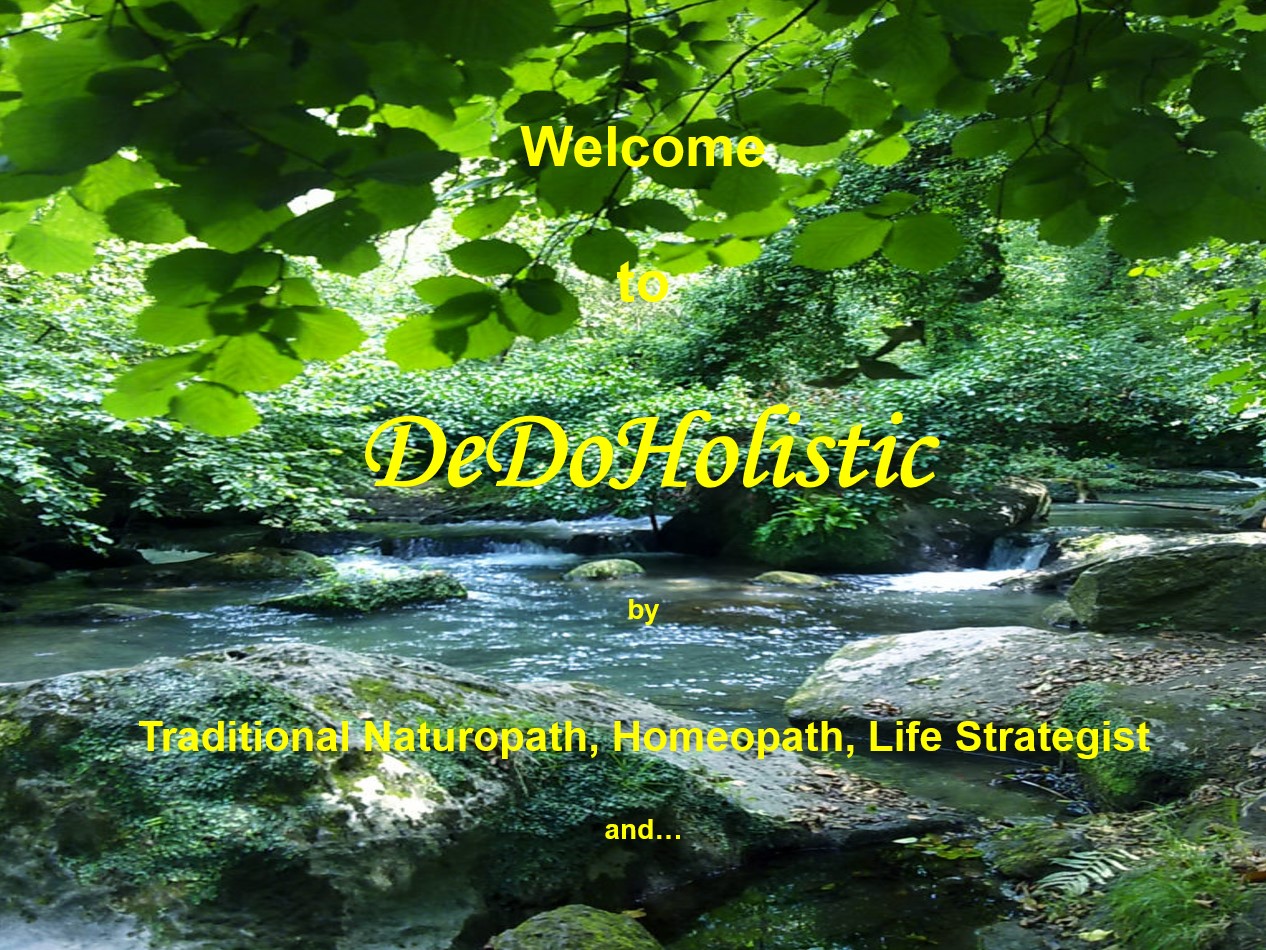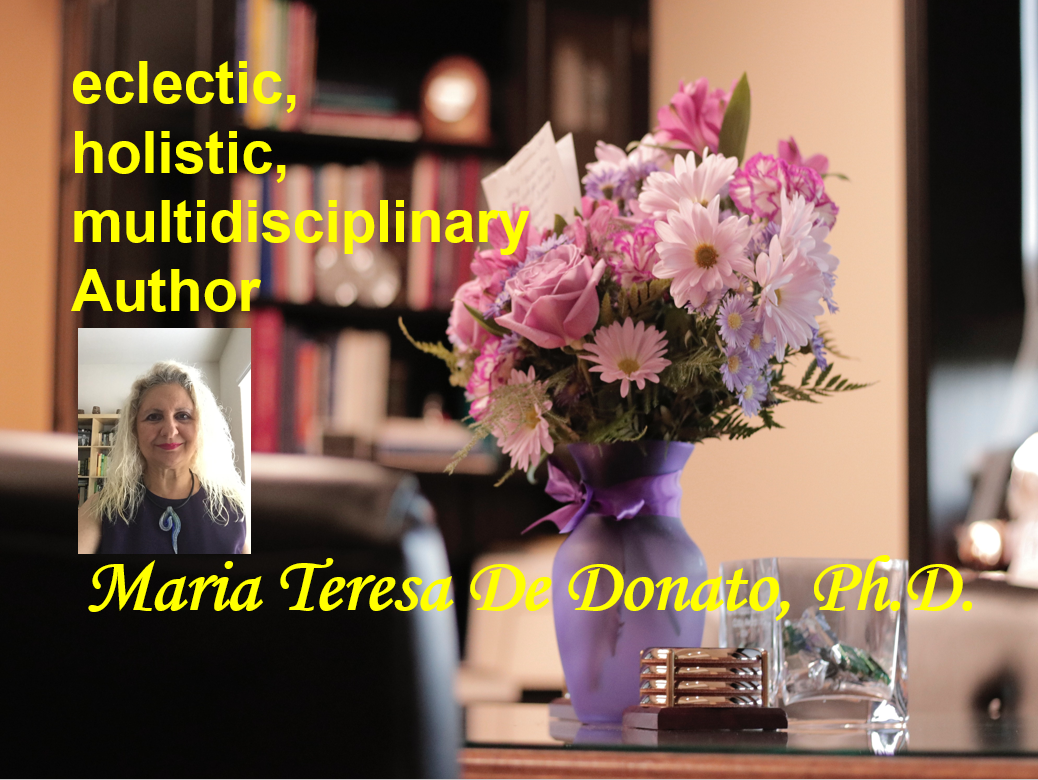by Maria Teresa De Donato, Ph.D., RND, CHom

In recent years a new term has been coined for commercial purposes, “Super Foods,” to indicate those with higher health benefits than many others and the potential to help preserve optimum health and, in case of disease, to increase the chance for healing. The first “superfood” we will examine is Allium sativum, commonly called ‘garlic.’
Although a native of Central Asia known since ancient times, even in Egypt, garlic has been for a very long time one of the most used ingredients of the Mediterranean people who have been mainly employing it for both its culinary and medicinal properties. While in the Italian kitchen, for instance, garlic accompanies the most excellent variety of foods, from tomato sauce to pasta, from fish to meat, and pretty much almost all kinds of vegetables no matter how they are prepared – whether cooked, steamed, or raw – when it comes to its usage for health reasons garlic acts as a stimulant to the immune system and is described as a cancer-fighting food due to its ability to fight toxins and free radicals. In this regard, garlic not only seems to lower the risk of cancer but also to counter-fight it when the disease has already been diagnosed.
Allicin, a substance that garlic contains, enables to treat of ordinary infections caused by bacteria, yeast, and fungi, such as those commonly manifesting in the “mouth, ears, throat, stomach or on the skin,” as well as in cases of “bronchitis, cystitis, colds, thrush, catarrh, … candida… [and]…. vaginitis.” (1)
Through the regular use of garlic, blood pressure can be lowered due to its ability to prevent fatty acid synthesis in liver cells and reduce cholesterol synthesis and, consequently, the formation of clots responsible for heart attacks, strokes, and high blood pressure. In the case of diabetes, garlic can also be very beneficial for its power to lower blood sugar levels. When it comes to homocysteine, which is a protein our body produces and that can be found in our blood, garlic also plays a significant role. The amount of homocysteine in our blood should be extremely low at any time. Improper and unhealthy nutrition can compromise its balance by fostering the accumulation of homocysteine in the blood. As a result, many diseases, such as cardiovascular, certain types of cancer, depression, and even Alzheimer can manifest. Homocysteine per se is not a bad element: the problems, however, start when a deficiency in B vitamins in our diet prevents the enzymes that turn homocysteine into glutathione and SAMe (S-adenosylmethionine) from working correctly, and rather than being converted homocysteine starts to build up in the blood. (2)
Daily consumption of a garlic clove or garlic supplements helps to control and even to lower homocysteine levels and, in turn, the risk of the insurgence of degenerative diseases such as some forms of cancer and Alzheimer’s while keeping in check blood pressure and cholesterol level.
Maria Teresa De Donato©2015-2023 All Rights Reserved.
Photo: Nicola Roberto©2013-2016. All rights reserved.
References:
Balch, P. A. ((2003). Prescription for Dietary Wellness (Second Edition). Chapter Twenty. Garlic: Nature’s Miracle Healer. Treating Infection. (p. 163). New York, NY: Avery/Penguin Group
- Holford, P. (2004). The New Optimum Nutrition Bible. (Revised and Updated Edition). Chapter 16: Homocysteine – Your Most Important Health Statistics. (pp.137-143). New York, NY: The Crossing Press

